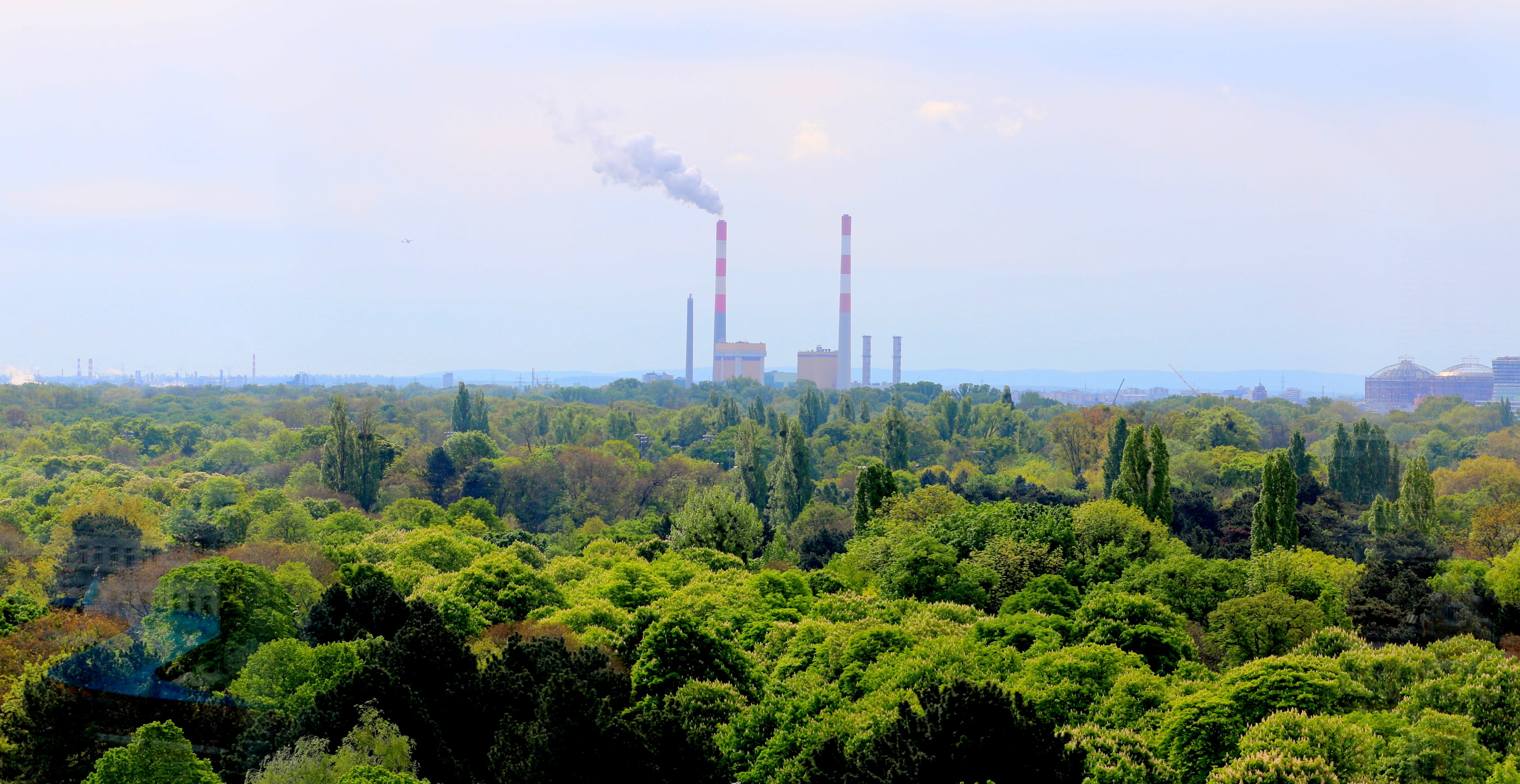Electric cars, low flush toilets, and compost heaps. These are just some of the ways we are told as individuals we can help fight waste and save the planet. But with the industrial sector being responsible for more than 1/3 of global greenhouse gas emissions, it is here that real change needs to be made. Not only are governments, global consortia, and regulatory agencies pushing for the industrial sector to achieve net zero operations to slow climate change, but consumers are also demanding greater sustainability from the companies from which they purchase.
Some of the biggest names in the industrial sector have pledged to reduce their greenhouse gas emissions by as early as 2030. Included in these pledges are reductions of their own carbon emissions as well as those from their external suppliers. While many large companies have clearly defined goals and strategies in place to achieve net zero operations, there are still many companies who are early on in their sustainability journey and may lack robust internal processes for collecting and reporting sustainability topics. For these companies, sustainability can be a monumental, complicated, and intimidating task. With no unified standards for sustainability reporting and every industry and operation having different requirements, it can be challenging to know where to start. Energy efficiency improvements, like upgrading lighting to LED from older legacy technologies, can be a quick win that is easily measured and reported by reduction in electricity consumption. Energy efficient products also qualify for rebates through local power suppliers. Additionally, the DOE recently announced funding $254M in support of industrial decarbonization efforts, with 49 projects already identified across 21 states. These factors all lead to energy efficiency improvements not only being the sustainable solution, but the financially beneficial solution as well.
Investing in energy efficient machinery and lighting can significantly reduce carbon emissions, cost, and maintenance hassles, all while future-proofing against legacy technology phase outs. Already many US states have implemented legislation banning the use and sale of fluorescent bulbs, linear fixtures, and replacement strips. These legislations have called out the harmful impacts of mercury contained in fluorescent bulbs on the environment, the human nervous system, and wildlife and have highlighted the availability of newer more energy efficient technologies like LED Lighting. Government regulations and industry-wide sustainability commitments made in one part of the world can - and do - have a global impact on the protection of nature and biodiversity, even in parts of the world where domestic demand for sustainable products is still low.
Regulatory agencies, such as the SEC, plan to soon enforce sustainability-related reporting for publicly traded companies and many are trying to get out ahead of these requirements. The regulations would require certain disclosures in registration statements and annual reports, including financial impact and climate-related impact metrics. In other words, reporting on how an organization has an impact on the environment and how changes in the environment are impacting business operations. Upgrading to LED lighting fixtures gives companies tangible data to report to show progress towards reduced impact on the environment while also improving safety and productivity at their facilities.
Lighting by it's nature requires energy in order to function. Only by making progress towards a more sustainable energy grid will it ever be possible for lighting to provide net zero carbon emission. However, there are still great strides that can be made by upgrading to LED lighting. The vast majority of the industrial sector still relies upon antiquated, inefficient, and environmentally damaging lighting such as High Pressure Sodium, Metal Halide, and Fluorescents. LED lighting is the most efficient light on the market and has proven to lower energy consumption by up to 90% versus these legacy lighting technologies. LED lighting also lasts up to 5X longer than traditional lighting technologies, saving customers money on costly maintenance and outages while also reducing waste and further protecting the environment.
When it comes to carbon impact, the difference is significant. Carbon calculations done by Dialight have shown that without conversion to LED our 2021 customers would have generated 2.5m tonnes of carbon over a 10 year period. By converting to LED, these same customers are able to drop to 0.9m tonnes over the same period. Considering the majority of Dialight's SSL fixtures come with a 10 year warranty, this means over this 10 year period the customers will experience greater energy savings, greater maintenance savings, and will generate less waste without the need for bulb replacements.

